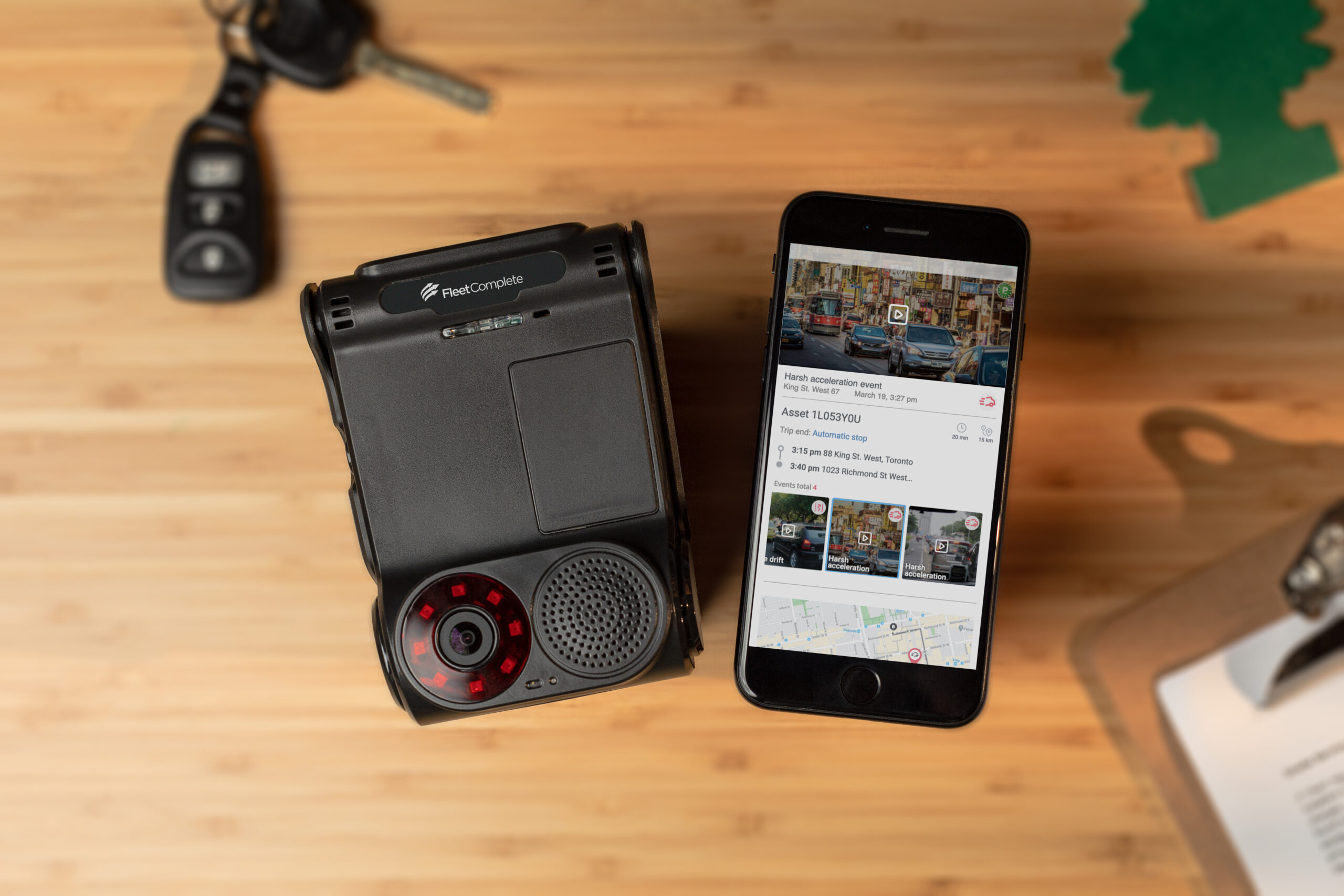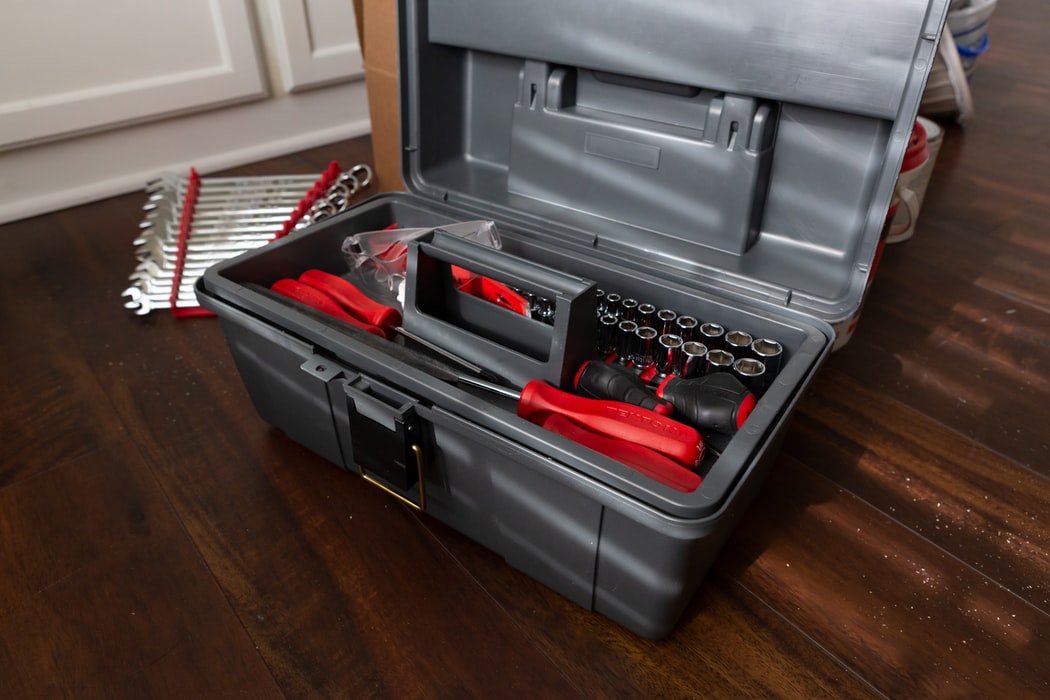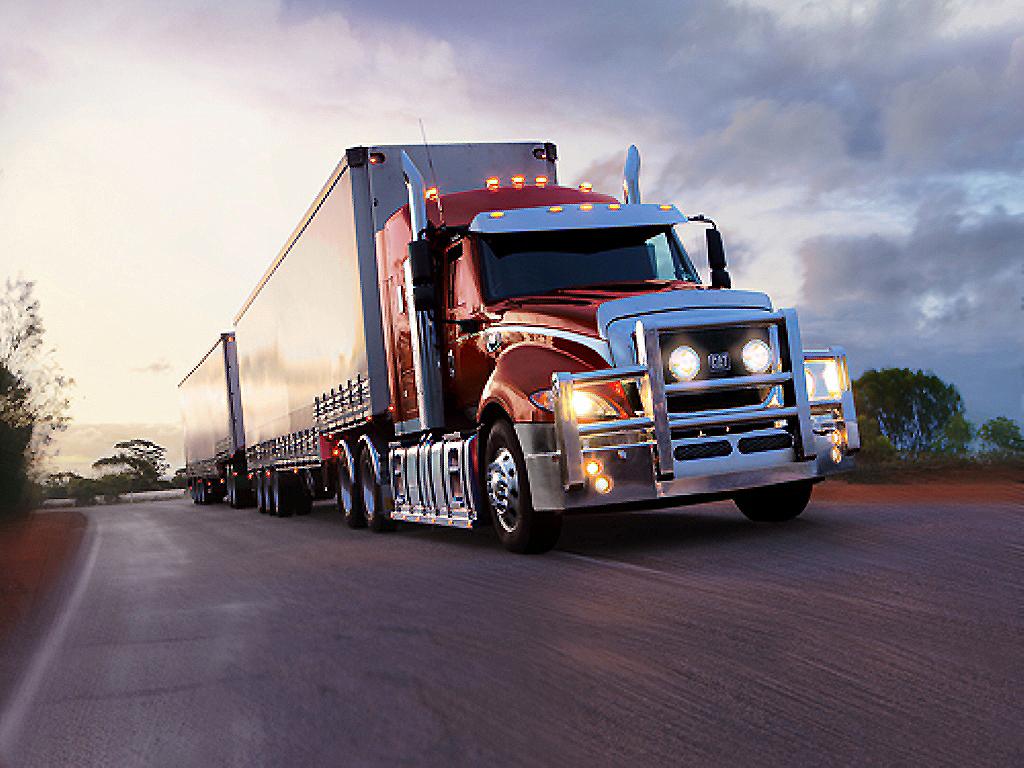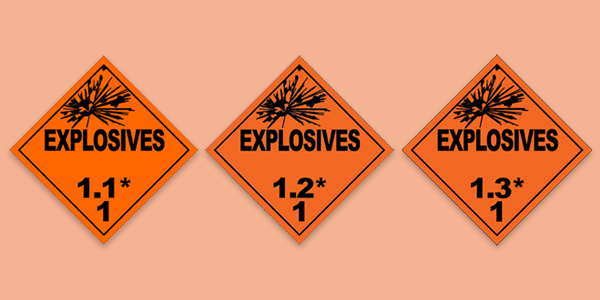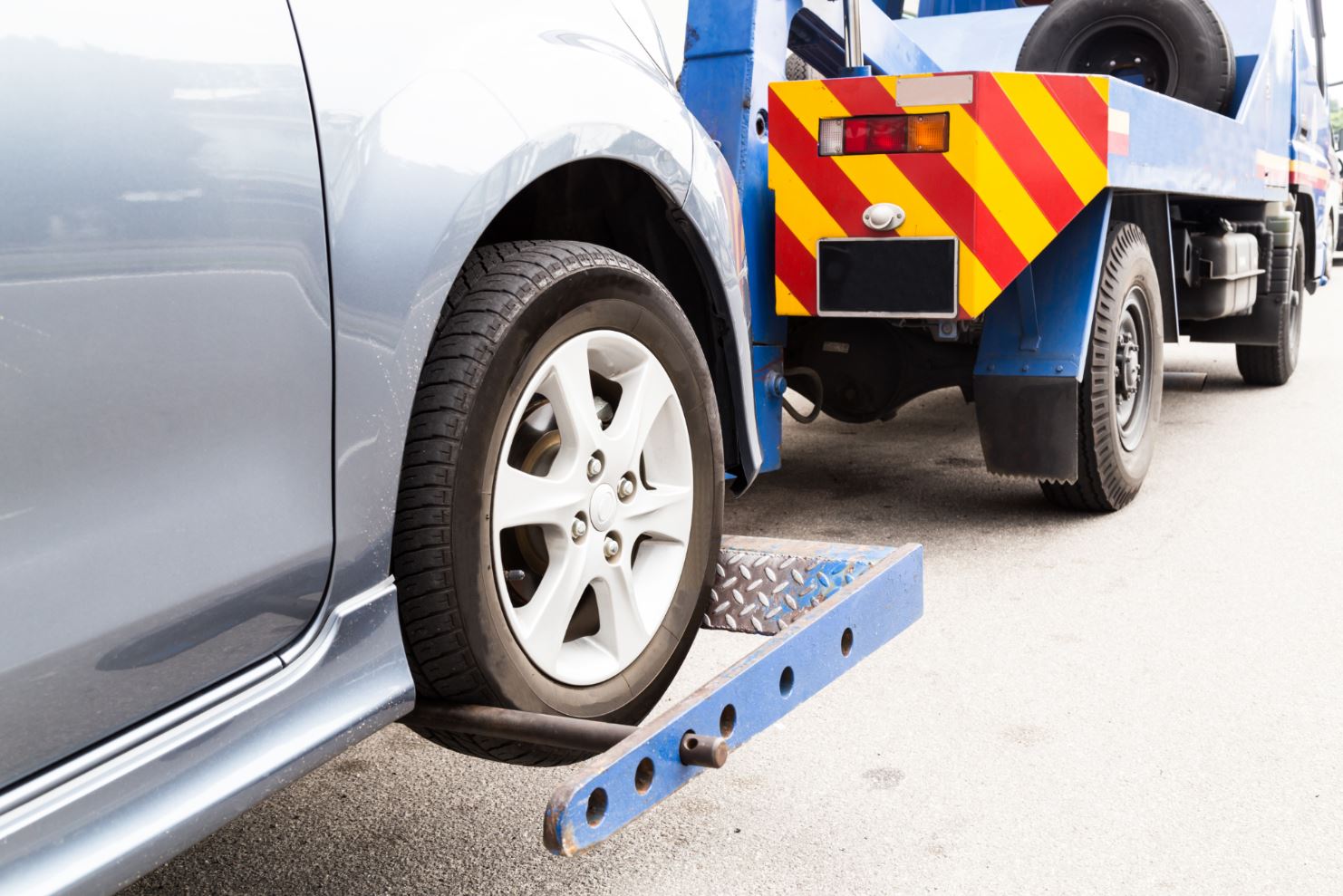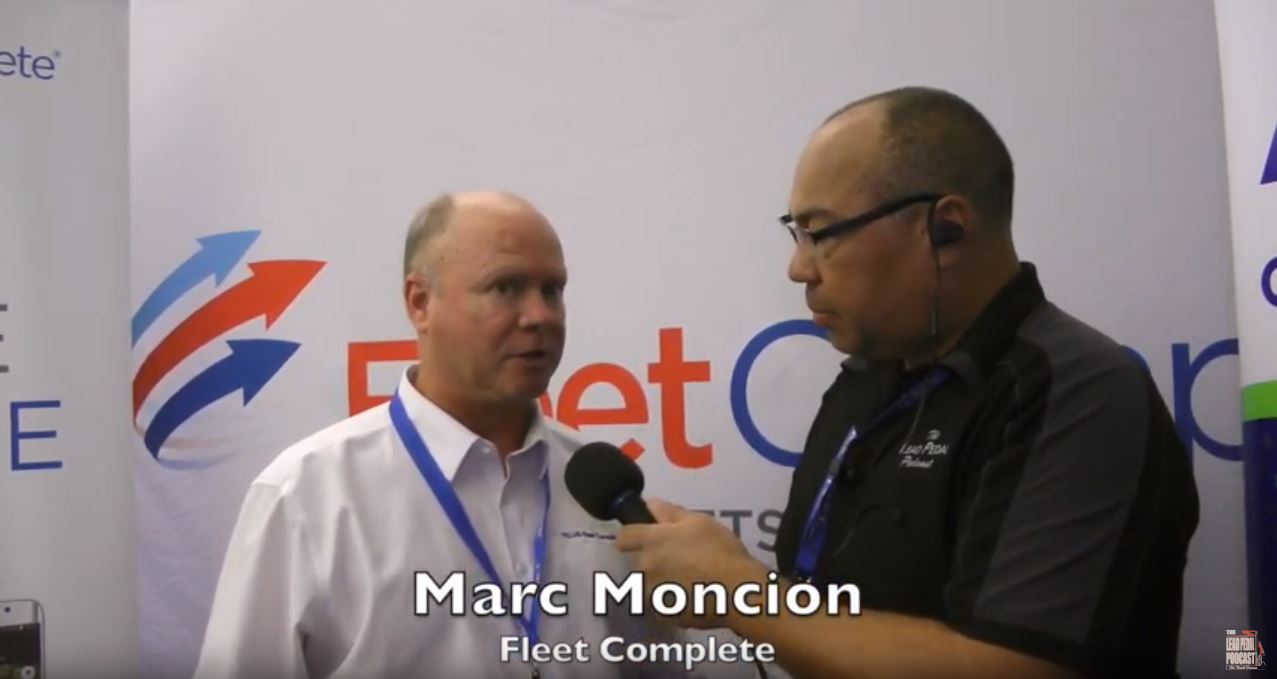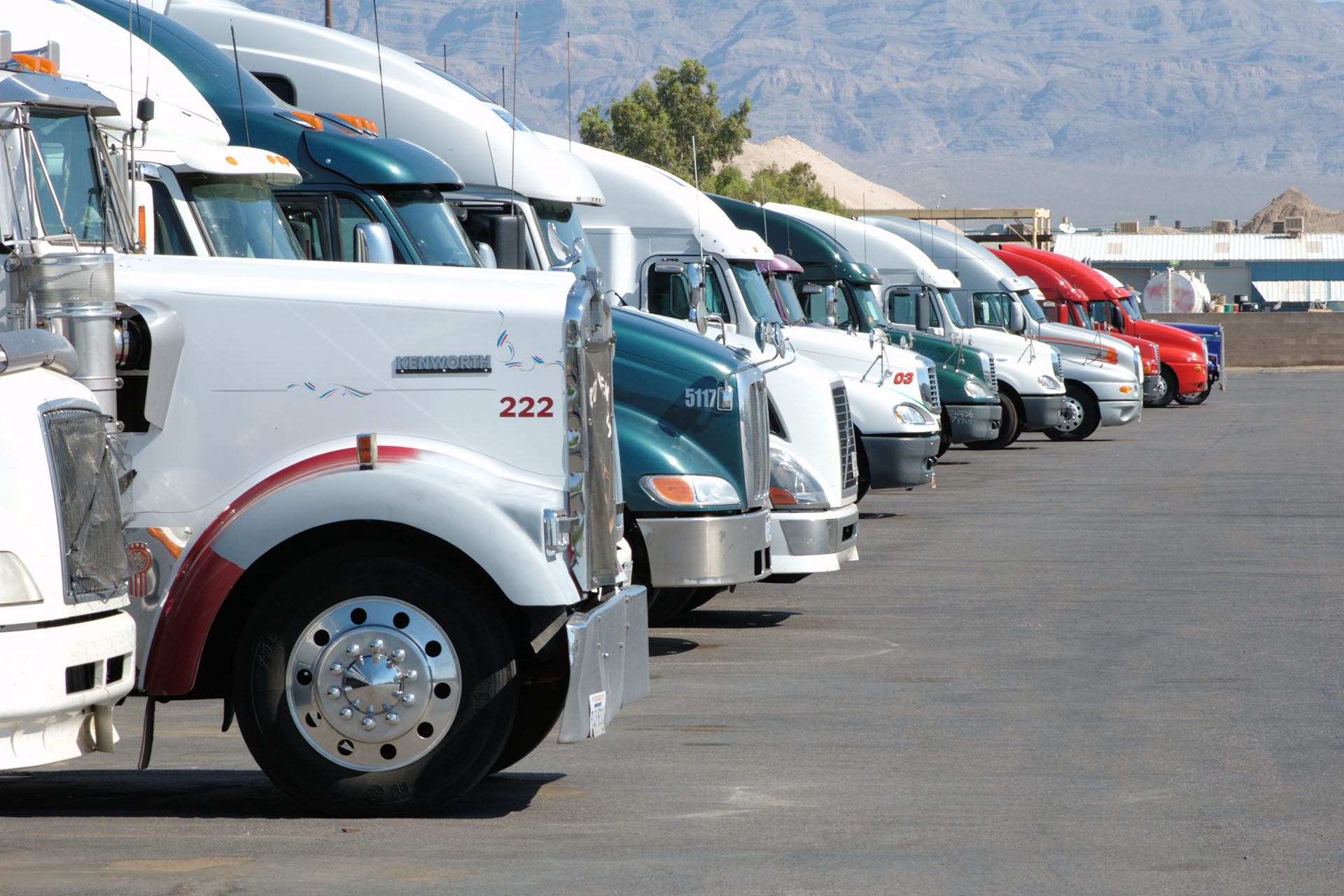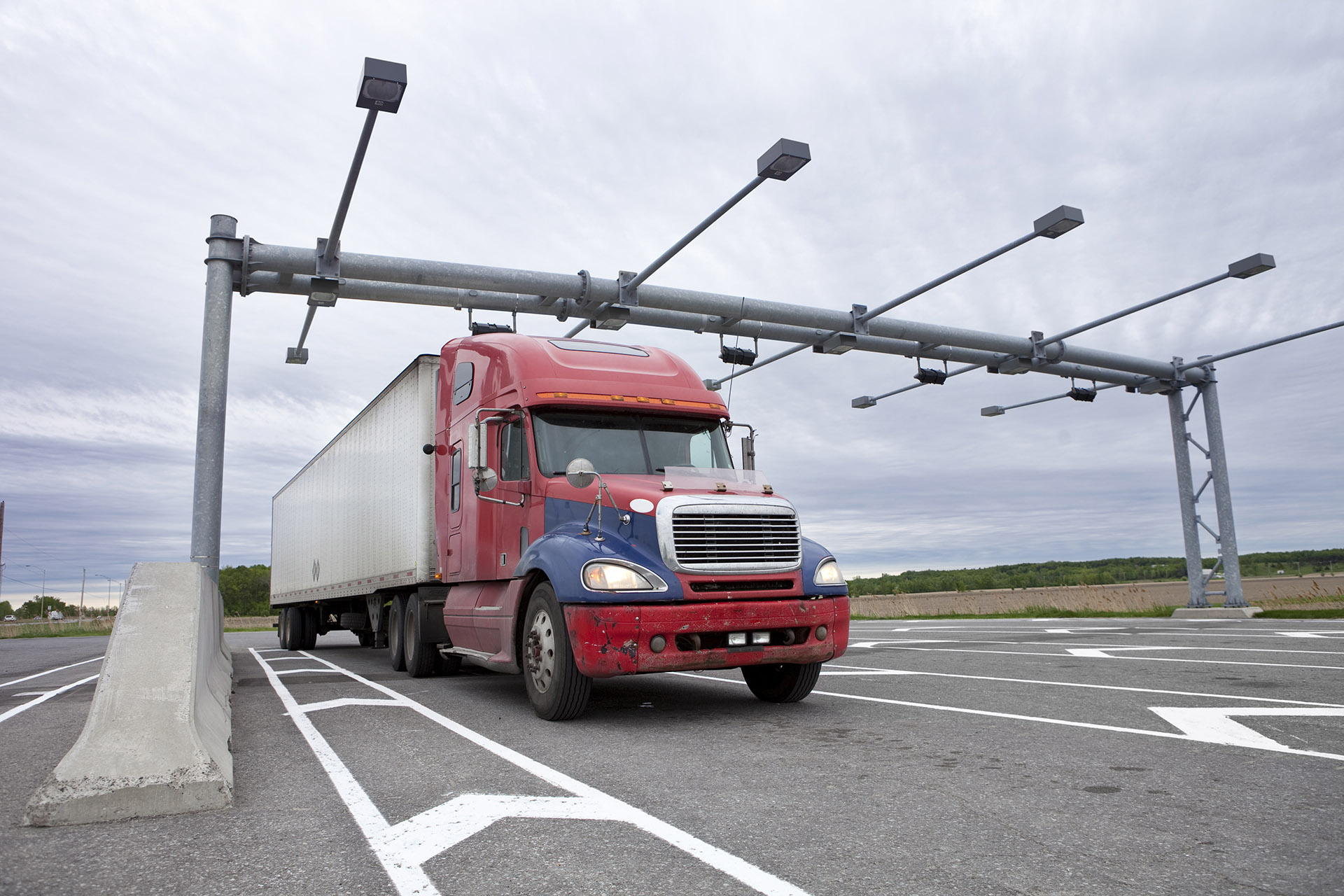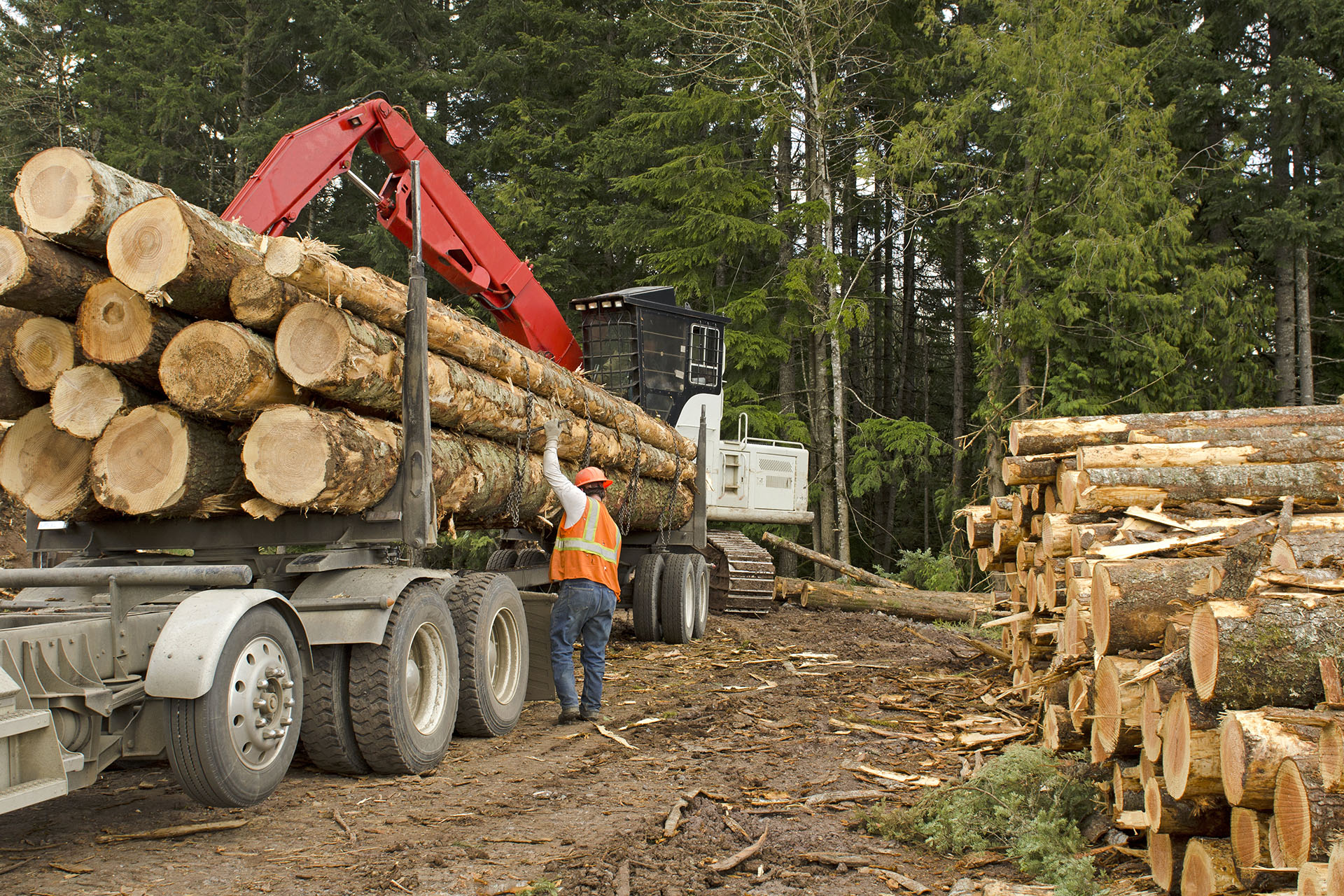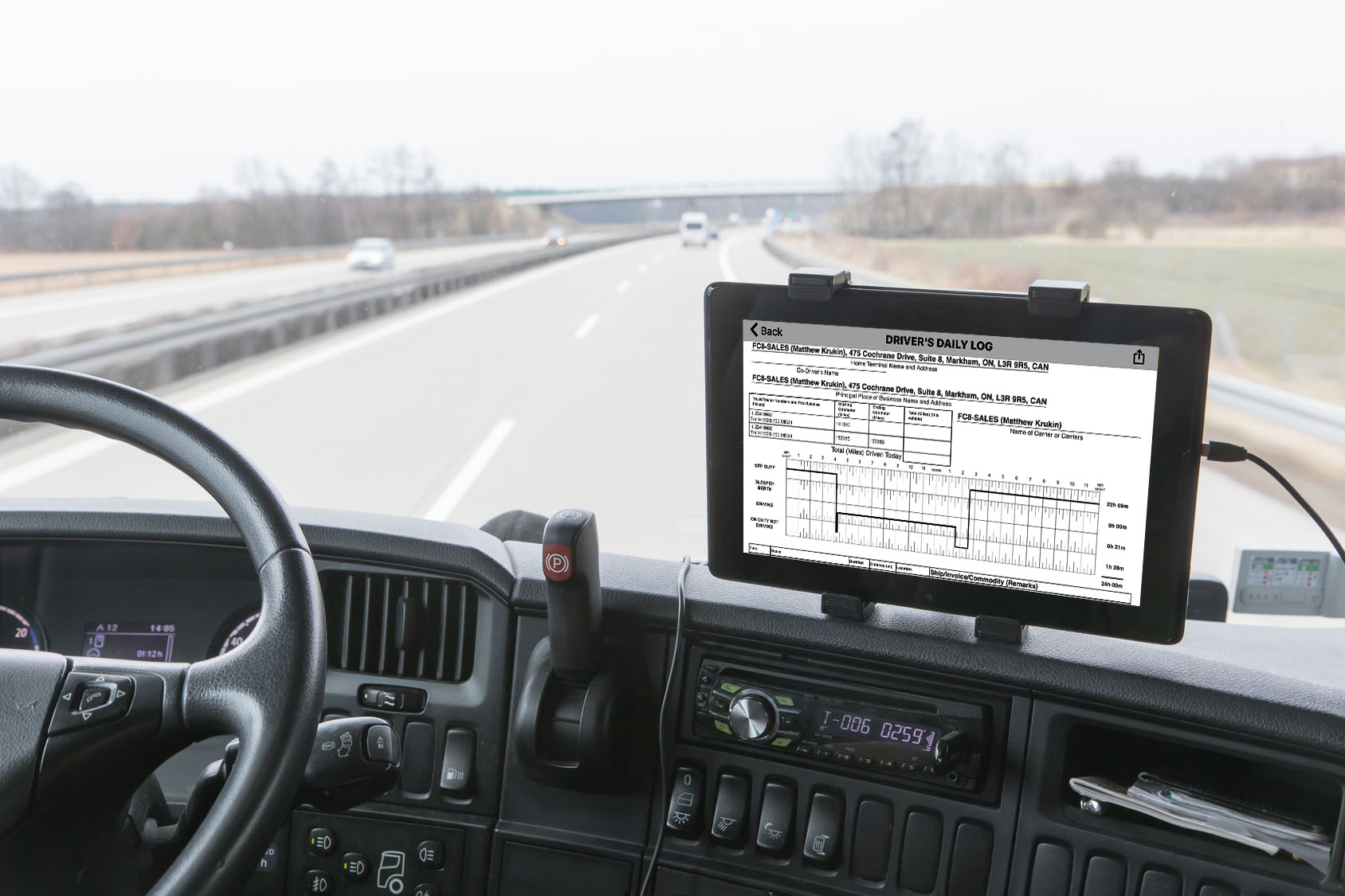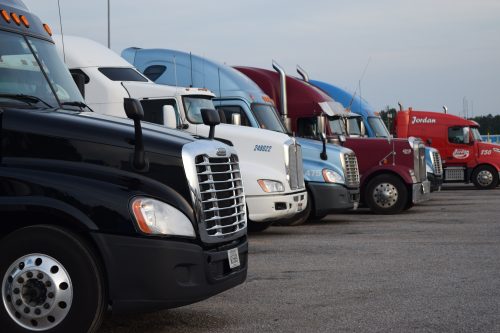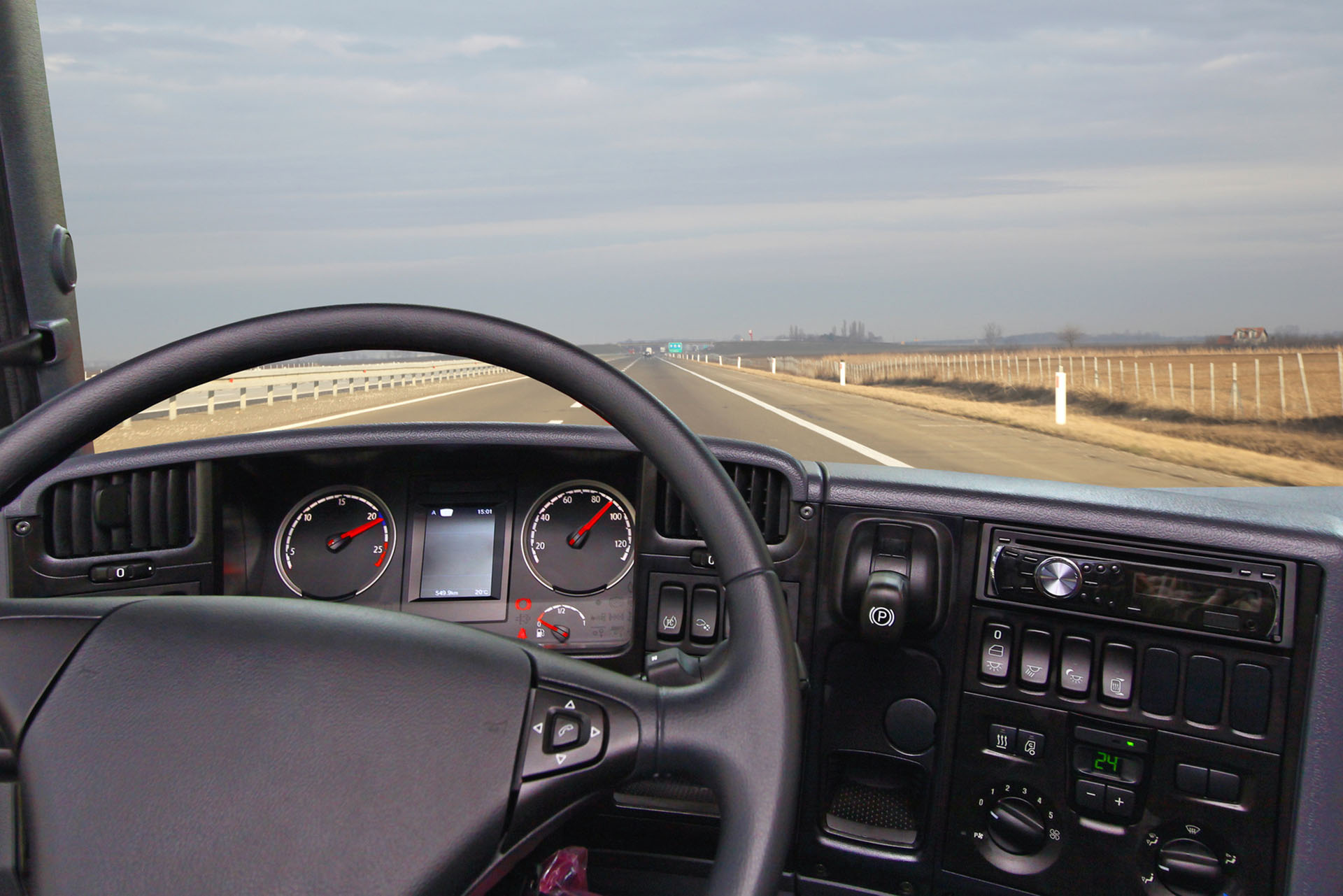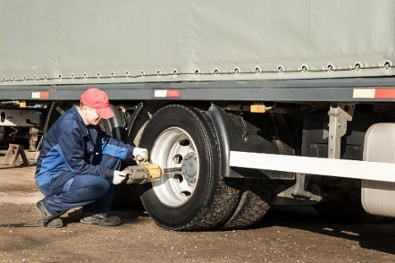FAQ’s – Electronic Logging Devices (ELD) in Canada
Included below are FAQ’S on Electronic Logging Devices (ELD) requirements in order for a Fleet and their drivers to remain compliant in Canada.
Overview
On June 12, 2021, updates to the federal Commercial Vehicle Drivers Hours of Service (HOS) Regulations – SOR/2005-313 came into force.
These changes make it mandatory for commercial motor vehicle drivers who travel across provincial/territorial borders to use ELDs to record their HOS.
Transport Canada (TC) announced on March 2, 2021, a 12-month progressive enforcement period. This transition should give motor carriers sufficient time to obtain and install 3rd Party Certified ELDs without penalty as of June 12, 2021.
These early enforcement measures will consist of a combination of education and awareness.
The majority of provinces and territories support the announcement made by the Canadian Council of Motor Transport Administrators (CCMTA) on May 5, 2021.
These jurisdictions will support the federal mandate through a period of progressive enforcement without penalties including elevated education and awareness until June 12, 2022. Their HOS regulations align with the federal regulations.
This has allowed these jurisdictions to use regulations to enforce HOS compliance regardless of where the carrier operates, rather than creating the two-tier system that exists in jurisdictions with different regulations for federal and provincial carriers.
Their current intention is to adopt an ELD mandate for all carriers (both inter- and intra-provincial) as this will provide consistency and help level the playing field for all carriers regardless of where the carrier operates.
Exact timelines for the implementation of ELDs in these jurisdictions will be determined based on:
- The process to make the necessary regulatory changes.
- The availability of 3rd Party Certified ELDs.
- Whether the emergency declarations have passed that granted relief from HOS requirements; and
- Alignment with jurisdictional enforcement agencies on the 12-month educational enforcement period.
Jurisdictions are working with motor carriers and ELD vendors to determine the best path forward to implement ELDs for intra-provincial carriers that strictly operate within a province or territory.
How does Transport Canada’s educational enforcement period impact the deadline?
What the 12-month ELD educational enforcement period in Canada means that is if you are operating a commercial vehicle, that is not otherwise exempt from ELD between June 12, 2021, to June 12, 2022, you and/your driver will not be cited for an ELD violation by a safety official during this time.
All other hours of services requirements in Canada will continue to remain in force.
What does this mean for motor carriers moving passengers and/or goods in Canada?
If your commercial vehicles operate solely within province or territory, you will not be required to use an ELD until specific regulations are amended to mandate ELDs.
If your commercial vehicle operates outside of a province or territory, you will not be penalized in that jurisdiction for not using a certified ELD until June 12, 2022.
Motor carriers are encouraged to use the education period to ensure they are prepared for the ELD mandate in 2022.
If your commercial vehicles operate in a specific Canadian jurisdiction, it is your responsibility to verify the requirements regarding ELDs in these jurisdictions where you plan to move people or goods.
What ELDs can I use in these jurisdictions?
Until HOS regulations are changed in a specific jurisdiction, a device can continue to be used as an electronic means of recording HOS provided it meets the requirements of the specific HOS regulation in that jurisdiction.
After a specific HOS regulation is amended in a jurisdiction to align with the federal regulations, if an ELD is required, the device used must be certified by a 3rd Party accredited certification body and be posted in the list of certified ELDs on TC’s website.
TC is responsible for publishing the list of certified ELDs and providing information on the certification process, as well as accrediting 3rd Party certification bodies at their Electronic Logging Devices homepage.
How can a motor carrier be ready to transition to the ELD mandate?
Powerfleet (formerly Fleet Complete) recommends that motor carriers start to prepare and adopt the ELD mandate promptly once certified ELDs are available.
It is further recommended that motor carriers research ELD device options in the marketplace, and ensure any procured ELD is a 3rd Party certified device as approved by TC.
The List of Certified ELDs can be found on TC’s website as they become certified.
BigRoad has a VP of Safety, Compliance & Regulatory Affairs on the team who is a renowned industry expert and has strong ties with Transport Canada and its certification partners.
How confident are you with meeting the deadline?
As a Canadian company and industry veteran, we’ve been part of the conversation in developing Transport Canada’s ELD guidelines since the beginning.
Our teams have full visibility of the requirements and technical specification to reach certification.
Who benefits from the certification?
These guidelines were introduced at an opportune time. According to Canada Safety Council, 21% of fatal vehicle collisions are attributed to driver fatigue.
These regulations will help to increase road safety while helping to improve operational efficiency.
The safety of drivers and customers has always been Powerfleet’s (formerly Fleet Complete) #1 priority, and it will remain that way.
Do you support both English and French?
Yes, we have Canadian-based facilities and employees to support our clients in English and French. This includes requirements associated with staff and driver training, documentation, and addressing current and future Canadian regulatory changes.
What are the technical requirements to have an ELD device certified in Canada?
Here is a list of some of the key requirements:
- ELD synchronizes with the vehicle’s engine and includes GPS tracking.
- ELD captures driving time automatically, including unidentified driving.
- ELD lets drivers use special driving statuses, Yard Move (YM) and Personal Use.
- ELD has a mechanism to verify logs and agree to edits.
- ELD has an on-screen display to show inspectors at roadside.
- Both jurisdictions can generate an output file for inspectors but will be displayed in different formats.
If you’re working with Transport Canada Certification Stakeholder Advisory Committee to develop and deliver a certification program, why aren’t you certified?
Transport Canada is taking a very stringent approach to the review process. The assessments are ongoing, and Transport Canada has yet to announce any approved ELD providers via it’s approved third party.
Which hardware will be supported?
Powerfleet (formerly Fleet Complete) is committed to provide a variety of solutions to meet our diverse customer base and any sized fleet requirements. Our teams are working to prepare different hardware solutions for certification. You can be confident regarding the safety, functionality, and reporting accuracy of our devices.
Once a specific HOS regulation comes into effect in a jurisdiction, which commercial motor vehicles will require ELDs?
Each jurisdiction will specify which vehicles are subject to the new rules. They will also specify which vehicles are exempt, if applicable.
ELDs are a tool that support the current HOS requirements. If a jurisdiction proceeds with implementing the use of ELDs for intra-provincial carriers it is likely that the jurisdiction would not change:
- The current drivers that are required to follow HOS.
- The current drivers that are required to complete and surrender a logbook.
- The current HOS limits.
Jurisdiction would likely adopt:
- The Canadian Council of Motor Transport Administrators CCMTA’s Technical Standard.
- TC’s list of certified ELDs devices by Vendor.
Who has to comply with the requirements?
SOR/2005-313 prescribes what type of commercial vehicle will require an ELD in Canada.
Many jurisdictions have also committed to adopting ELDs in their regulations, so stay tuned for those specific announcements when they are made.
Where can I get specific Provincial and Territorial information on ELD?
For your convenience here are the specific jurisdictional websites and/or contacts:
What ELD exemptions are afforded to motor carriers?
Drivers of commercial vehicles that were traditionally exempt from completing a paper log, will also not be required to deploy and ELD.
One of the most common exceptions is for a driver who drives, or is instructed by the motor carrier to drive a commercial vehicle within a radius of 160 km of the home terminal.
In this case, the driver must return to the home terminal each day to begin a minimum of 8 consecutive hours of off-duty time.
If a driver sleeps in his sleeper berth or at a motel, the driver must maintain a record of duty status (RODS) log even if the driver stays within the 160-kilometre radius.
The motor carrier is also required to maintain accurate and legible records showing, for each day, the cycle the driver followed and on-duty times.
These specific records and the supporting documents must be kept for a minimum period of 6 months after the day on which each record was recorded.
Other HOS exemptions include a:
- Truck, tractor, trailer, or any combination of them that has a registered gross vehicle weight less than 4,500 kg.
- Bus designed & constructed seating capacity of less than 10 persons, including the driver.
There are also 4 specific ELD exemption in SOR/2005-313. Specifically these are where a commercial vehicle is:
- Operated by a motor carrier under a permit.
- Operated by a motor carrier to which an exemption has been issued under the Act.
- The subject of a rental agreement of no longer than 30 days that is not an extended or renewed rental of the same vehicle: or
- Manufactured before model year 2000.
Otherwise, a motor carrier operating commercial vehicles in Canada must comply with the CCMTA Technical Standards.
The ELD must be mounted in a fixed position during the operation of the commercial vehicle and be visible to the driver when in a normal driving position, unless otherwise exempt by regulation.
The ELD must also be designed so that its display may be reasonably viewed by an authorized safety official without entering the commercial vehicle. In such cases, and ELD display may be untethered from its mount or remain connected in such a way that would allow the device to be passed outside of the commercial vehicle for a reasonable distance to the safety official.
What do I have to do if I am currently using a BigRoad Electronic Recording Device (ERD) or ELD?
If you are an BigRoad user, you do not need to update or change your hardware or software provided you are operating with the latest versions.
The existing BigRoad equipment is functional with an over the air software update that you will have to enable ELD.
What should my driver to if he/she regular works within the 160 km radius, but is occasionally dispatched to pick up passengers or goods outside this radius?
Motor carriers and their drivers equally share responsibility to comply with HOS requirements.
In the specific case where a driver is occasionally dispatched to pick up outside 160 kms radius, the driver will have to comply with ELD on those days.
What this means is that the driver will have to have in his or her possession, a fully compliant ELD device. The driver will also need RODS for the previous 14 days to surrender to a safety official at roadside.
Given the heightened risk of non-compliance, BigRoad recommends that a driver follow the ELD requirements in all cases, so that on those days where the driver is not exempt, he or she will have all of the RODS already included in their ELD to surrender to a safety official at roadside upon request.
What is required of a typical long-haul driver who now is required by a motor carrier to operate a commercial vehicle within the 160 kilometres radius now?
Once this driver switches over to local runs, the driver will be exempt from surrendering a RODS to a safety official at roadside, and by virtue does not need an ELD.














